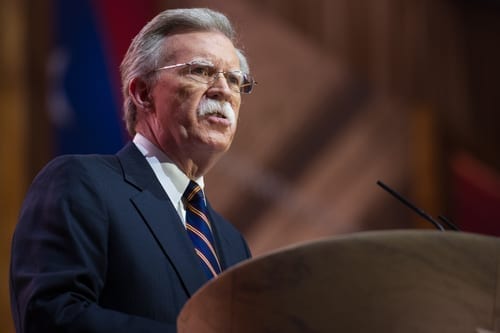What is the Electoral College?
In the United States, voting directly for a presidential candidate doesn’t only depend on “One man, one vote.”
The Electoral College is a body of officials who formally elect the nation's president every four years. The nation's founders established the Electoral College in part to ensure all the states have a more equal say in the choosing of a national president. When the federal government didn't have as much power as it does today, the framers wanted to offset the chance that a single populous state or region would put forth a preferred candidate that would almost exclusively represent the contender's home state and disregard the needs of other parts of the country.
How does the Electoral College work?
Today, there are 538 electors from all 50 states and the District of Columbia. The number of electors from each state is equal to the number of congressional seats the state has in the House and Senate.
The people who make up the Electoral College are usually comprised of state party officials and are generally chosen at the party's state conventions.
Each party with a candidate on the presidential ballot puts forth a slate of electors. All but two states award the entire slate of electors to the candidate that receives a majority or plurality of votes. (Maine and Nebraska award two electoral votes to the candidate who wins the popular vote and then candidates receive another vote for each congressional district they win.)
Some states require their electors to vote for the candidate who receives the most votes, but electors rarely depart from the will of the people even in those states who don’t. The candidate who receives at least 270 Electoral College votes becomes the next president.
Who decides if there's a tie?
The total number of electors, 538, is an even number, which could, hypothetically lead to a tie. In this case, the House of Representatives would be called upon to choose the president. This has only happened twice in the nation's history, when there was a tie between Thomas Jefferson and Aaron Burr in 1800 and a four-way split in 1824. It is extremely rare.
Losing the popular vote but still winning the presidency
The use of an Electoral College system can also mean that a candidate can win the popular vote and lose the election or vice versa, lose the popular vote and win the election. This occurred in 2000, when Democrat Al Gore was defeated by Republican George W. Bush despite winning more votes nationwide, and it seems to have occurred in this election too, in which Clinton wore more votes but Trump won the presidency because he won key electoral votes.





